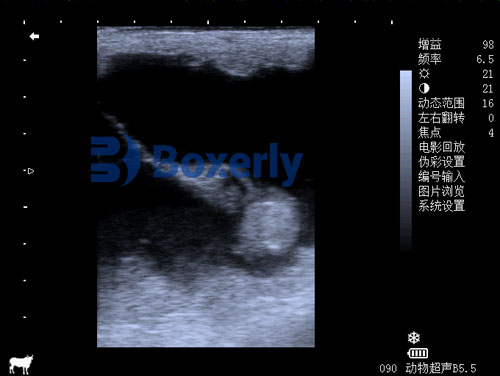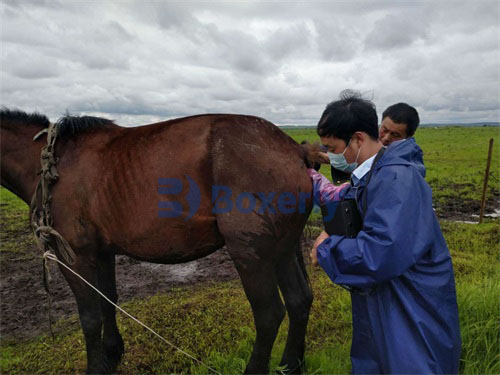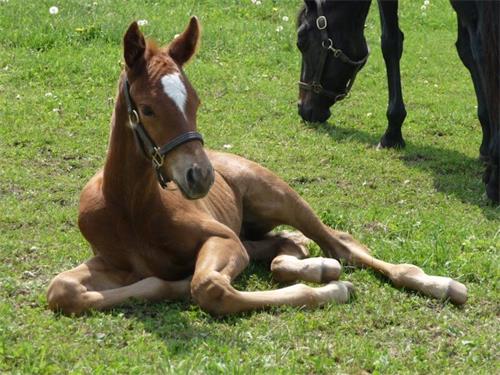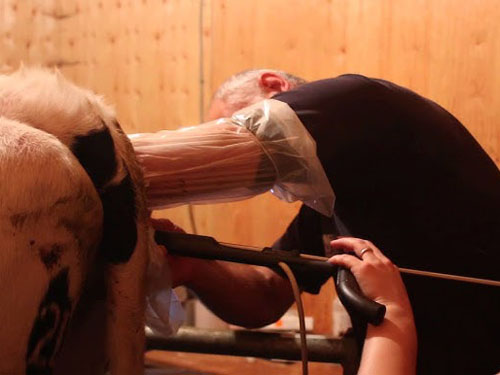How to Maximize Pregnancy Rates in Mares Using AI
As a horse breeder and livestock operator, improving pregnancy rates in mares is always a top priority for me. Artificial insemination (AI) has significantly transformed equine reproductive management, offering safer, more efficient, and more cost-effective breeding options compared to traditional methods. However, achieving high pregnancy rates with AI isn’t guaranteed—it requires the right knowledge, technique, and timing. In this article, I’ll share my personal insights, practical experience, and essential techniques that help optimize conception success in mares using AI.

Understanding the Basics of Equine Reproduction
Before discussing how to maximize pregnancy rates, it’s important to understand the reproductive physiology of mares. Mares are seasonally polyestrous, meaning they cycle during the longer daylight months, typically from early spring to late summer. Each estrous cycle lasts about 21 days, with estrus (heat) lasting 5 to 7 days. Ovulation usually occurs 24 to 48 hours before the end of estrus. Timing AI correctly around this window is critical.
Mares also differ from other livestock species in terms of uterine anatomy and response to hormones, which makes managing AI in horses more challenging. To overcome this, I rely heavily on diagnostic tools, particularly ultrasonography.
The Role of Ultrasound in AI Timing
In my daily practice, ultrasound is the most valuable tool I use to monitor the mare’s reproductive status. It allows me to:
-
Track follicle development
-
Detect uterine edema patterns
-
Confirm ovulation
-
Identify reproductive abnormalities
Using a transrectal probe, I scan the ovaries to measure follicle size. Once a dominant follicle reaches 35 mm or more, and uterine edema reaches a peak, I know ovulation is imminent. Administering an ovulation-inducing agent like hCG or deslorelin can help synchronize the timing of insemination.
Ultrasound also allows me to confirm that ovulation has occurred, usually within 24 to 48 hours of treatment. I time AI to take place either just before or within a few hours after ovulation to maximize the chances of fertilization.

Choosing Between Cooled and Frozen Semen
Another key consideration is the type of semen being used:
-
Cooled semen: It remains viable for 24–48 hours and has higher success rates. It’s ideal if the stallion is relatively nearby and transport is timely.
-
Frozen semen: It can be stored indefinitely but has a shorter post-thaw lifespan of around 6 to 12 hours. With frozen semen, timing becomes even more critical.
For frozen semen insemination, I schedule two post-ovulation ultrasounds—one every 6 hours—to ensure precise timing. AI is performed within 6 hours after detecting ovulation. In my experience, this approach significantly increases pregnancy rates with frozen semen.
Hormonal Synchronization: An Important Strategy
Managing the estrous cycle with hormones helps ensure predictable timing for AI. I often use:
-
Prostaglandins to regress the corpus luteum and bring mares back into estrus.
-
Progesterone combined with estradiol to suppress and then restart follicular activity in a controlled way.
-
Ovulation inducers to trigger ovulation once a dominant follicle is present.
These tools allow me to synchronize ovulation with semen availability, which is especially important when coordinating with stallion owners or frozen semen shipments.

Post-Breeding Management
Even after successful AI, post-breeding uterine health is essential. Some mares, especially older or multiparous ones, may have difficulty clearing the uterus of fluid and debris post-insemination. If the uterus retains fluid, it can create an environment hostile to the developing embryo.
To address this, I monitor the uterus via ultrasound 12 to 24 hours after breeding. If fluid is present, I may administer oxytocin to stimulate uterine contractions, perform a uterine lavage, or use anti-inflammatories as needed.
Early Pregnancy Detection and Monitoring
Fourteen days post-ovulation, I conduct a pregnancy check using ultrasound. This helps confirm pregnancy and detect twins, which are undesirable in horses due to health risks. If twins are detected, one embryo can be manually reduced at this early stage.
A second ultrasound at 25 to 30 days confirms the presence of a heartbeat and a viable pregnancy. Further scans may be done around 45 and 60 days to monitor fetal development.
Mare Nutrition and Body Condition
Pregnancy success doesn’t depend on AI alone. The mare’s health and condition are just as important. I ensure my mares have:
-
A body condition score (BCS) of 5 to 6 on a 9-point scale
-
Balanced nutrition with sufficient energy, protein, and minerals
-
Access to clean water, regular exercise, and stress-free handling
Underweight mares may not cycle regularly, while overweight mares might suffer from metabolic issues that affect fertility.
Environmental Management
Stress, travel, and environmental changes can interfere with estrous cycles and ovulation. For this reason, I keep breeding mares in familiar surroundings and handle them gently. Mares are sensitive animals, and even subtle stress can affect hormonal balance and reproductive performance.
I also try to avoid transportation during the fertile period, especially when AI is planned. If movement is necessary, I provide adequate recovery time before initiating a breeding protocol.
Selecting the Right Mare and Stallion Pair
Genetics and compatibility play a role in pregnancy success. I assess the mare’s reproductive history, age, and overall health. Young, fertile mares have the highest conception rates, while older mares may have lower fertility or uterine degeneration.
I also look at stallion fertility, semen quality, and previous AI success rates. Not all stallions produce semen that freezes or ships well. Reviewing previous AI results with a specific stallion gives me realistic expectations and helps me make informed decisions.

Common Causes of AI Failure and How to Avoid Them
Over the years, I’ve seen several preventable factors that can lower pregnancy rates:
-
Poor timing of insemination
-
Inadequate post-breeding care
-
Low-quality semen or improper handling
-
Uterine infections or poor uterine clearance
-
Lack of regular monitoring
By paying attention to details and sticking to evidence-based practices, I’ve been able to minimize these issues and improve reproductive efficiency on my farm.
Conclusion
Maximizing pregnancy rates in mares using AI is a combination of science, management, and experience. From accurate timing with ultrasonography to post-breeding care and environmental management, each step plays a vital role. As a breeder who values both animal welfare and breeding success, I’ve learned that patience, observation, and continual learning are key.
Artificial insemination is more than a modern breeding tool—it’s a strategic approach that, when applied correctly, brings excellent results. With proper planning and execution, high conception rates are absolutely achievable.





